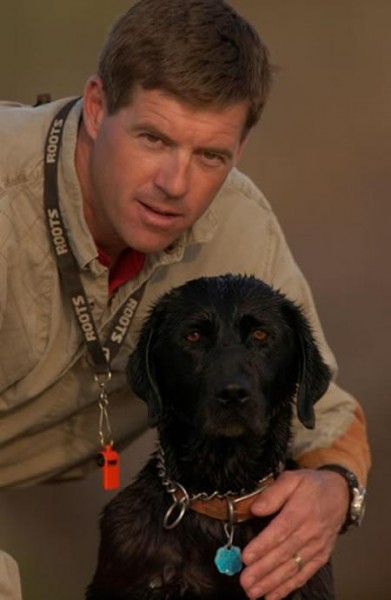
26 Mar Second Chance: Treating the Other Kind of Pain
It’s easy to say we want to keep our animals comfortable and pain free. For physical trauma, such as a broken leg or a surgical incision, we use pain medications. Although few argue that that is the right course of treatment it becomes harder, yet no less necessary to address, when the discomfort an animal is feeling is not physical in nature.
Examples of this form of pain are animals who cower and cry at thunder or fireworks, those that cannot bear the absence of their owners and jump through windows to escape their loneliness, those that pace, lick, chew and essentially destroy themselves and their surroundings because of obsessive/compulsive disorder.
There are a number of approaches to treating this form of pain, some chemical, some not. For instance, my 14-year-old Labrador mix developed a profound fear of thunder and fireworks when he was about four. I tried sedating him, putting ear plugs in his ears, keeping him in the bathroom on stormy nights, all for naught until I found a Thundershirt, a commercial product for dogs that’s essentially a flannel sarong with strategically placed Velcro.
For reasons that have to do with nerve endings and synaptic modulation, this bizarre contraption completely calmed down my pup. No drugs, no side effects. Thundershirts are my first line of defense with any “nervous” sort of disorder in dogs. But they don’t work for everything. Other non-invasive treatments I try include Bach’s Rescue Remedy and pheromones.
Cats can also suffer with nervous/self-destructive behaviors. Natural remedies include the pheromone Feliway, lavender for the calming scent, and elevated perches or dark boxes for privacy. Sometimes an extra, out of the way litter box is all they need. For some animals, however, a Thundershirt or natural remedy just doesn’t work – or doesn’t work enough.
And for those circumstances, I’m more than willing to try other options.
There are clinical studies that prove that SSRI (selective serotonin reuptake inhibitors) and TCA’s (Tricyclic antidepressants) are effective in lowering anxiety in dogs with OCD and/or separation anxiety. They take a while – usually you need to try for eight weeks before you can decide if the medication is effective or not. That time can be shortened by combining them with a symbiotic drug called a 5-HT agonist. And yes, veterinary science is even talking about things like Prozac and Zoloft for dogs.
Years ago, I used to roll my eyes at such a notion, scoffing at the idea of imposing human disorders on man’s best friend. And then I ran into a dog who was clearly in agony. Despite the fact his owners were dedicated parents who loved him and walked him and cared for him, his terror increased by the day. And that was when I changed my mind and decided that ALL pain deserves to be treated with respect and compassion. Happily, we were able to ease that animal’s pain – and the pain of many others after him. Knowing there are options can make a difference in finding a solution to help your pet.
Sawyer is the pet of the week – having been with Second Chance for over a year now – this sweet and super loving boy is ready for a home of his own. He was recently the star of the Wine & Whiskers Fashion Cabaret and is available for autographs.
Editor’s note: It’s no secret. The Telluride region is dog heaven. Well, pet heaven. Unless you are one of our furry friends who gets caught in the maw of neglect and abuse. Then heaven is on hold until Second Chance Humane Society comes to the rescue. Second Chance is the region’s nonprofit dedicated to saving animals’ lives and promoting responsible pet parenting and human-animal bond. In her weekly blog, executive director Kelly Goodin profiles at least one, generally two of the many animals now living at the no-kill shelter, Angel Ridge Shelter, a dog and a cat, hoping to find them loving permanent homes. The column is sponsored by Ted Hoff of Cottonwood Ranch & Kennel, who from time to time exercises his skills as a dog whisperer, partnering with Kelly and her staff to help train a particularly challenging animal.
By the by, there is no better place to park your pup than Cottonwood whenever you head out of town (for locals) or are heading to town and staying somewhere that does not allow pets. Consider joining Ted’s Very Important Dog (VID) Club for added benies. (Details on Ted’s website.)
Second Chance Humane Society Animal Resource Center and Thrift Shop are both located in Ridgway, but service San Miguel, Ouray & Montrose Counties. Call the SCHS Helpline at 626-2273 to report a lost pet, learn about adopting a homeless pet, or about the SCHS Spay/Neuter, Volunteer, Feral Cat, or other Programs. View the shelter pets and services online: www.adoptmountainpets.org




Sorry, the comment form is closed at this time.